Mastering AASHTO LRFD Design For Stronger, Safer Structures
Unleash Your Design Potential with AASHTO LRFD
Are you ready to take your structural engineering designs to the next level? Look no further than the American Association of State Highway and Transportation Officials (AASHTO) Load and Resistance Factor Design (LRFD) specifications. With AASHTO LRFD, you can unleash your design potential and create stronger, safer structures that stand the test of time.
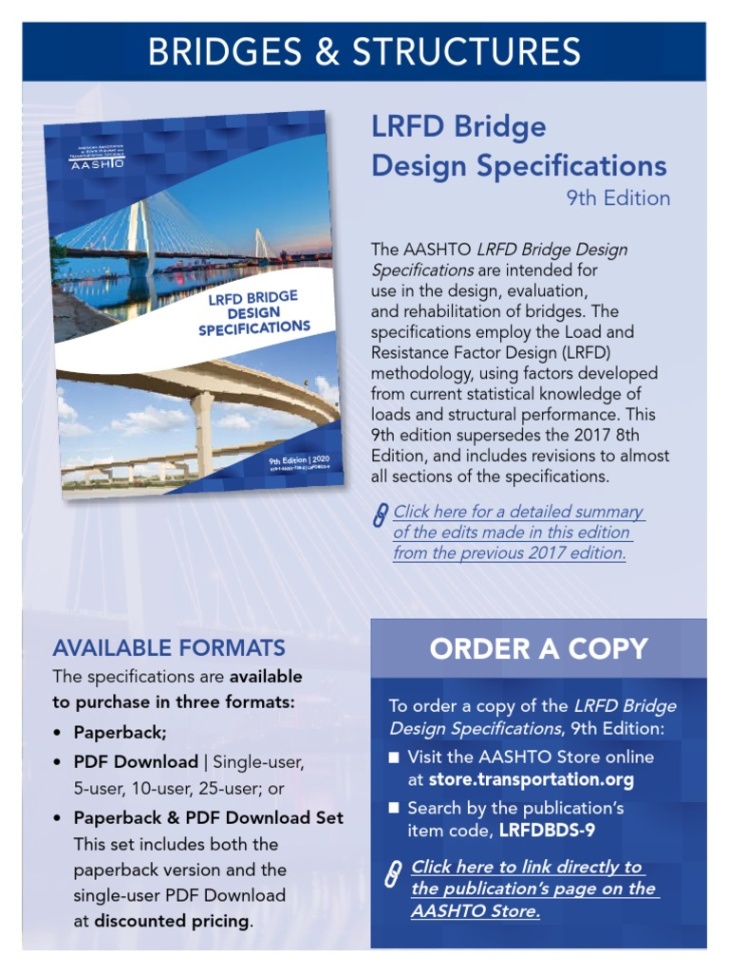
Image Source: scribdassets.com
AASHTO LRFD is a design method that takes into account the variability of loads and the resistance of materials, resulting in more reliable and cost-effective designs. By using LRFD principles, engineers can optimize the design process and ensure that structures meet the necessary safety requirements.
One of the key advantages of AASHTO LRFD is its ability to account for the uncertainties in loads and material properties. Traditional design methods rely on a single safety factor to ensure the structure’s safety, often leading to overdesign and unnecessary costs. With LRFD, engineers can assign different safety factors to different load and resistance variables, allowing for a more precise and efficient design process.
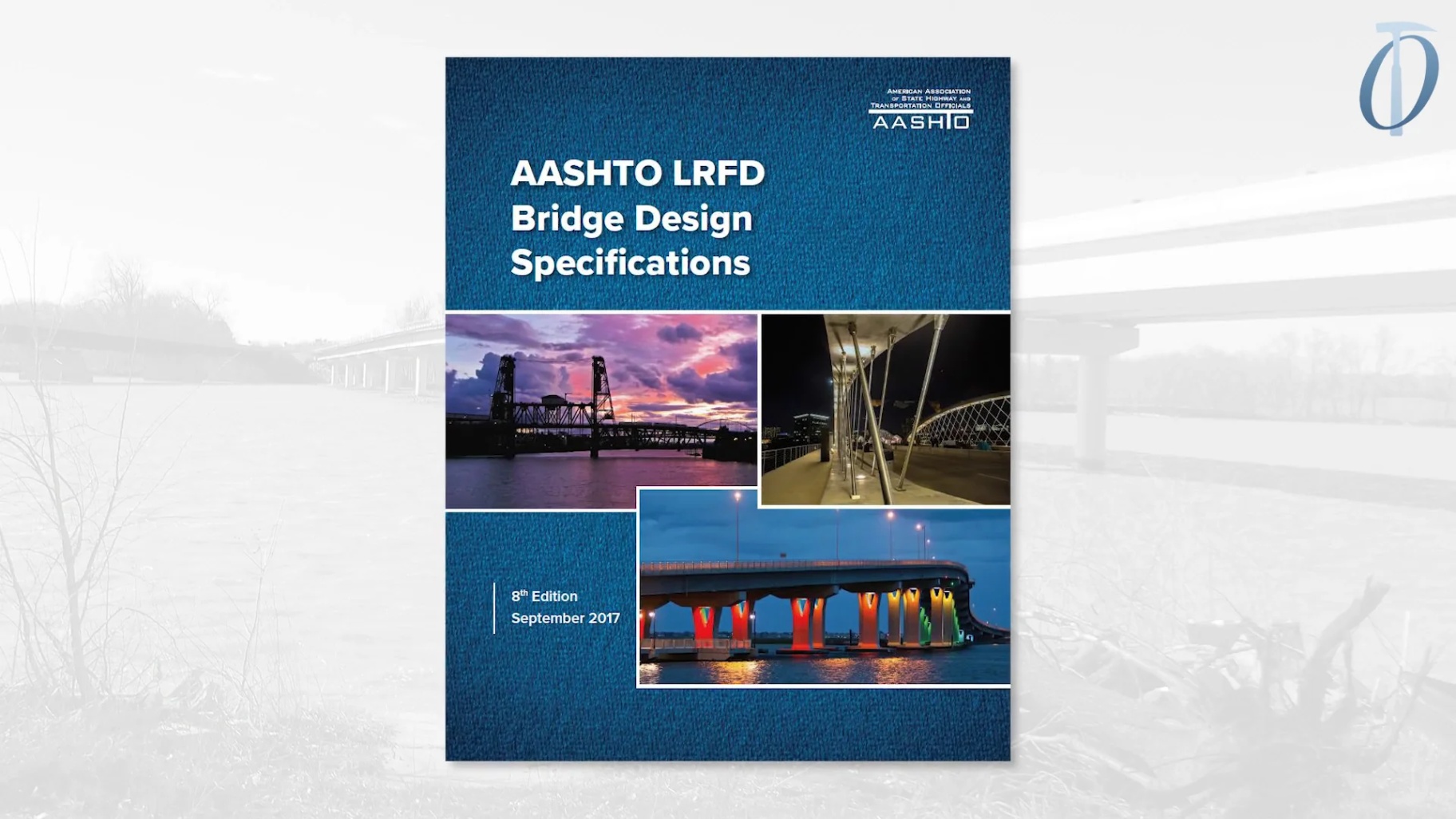
Image Source: vimeocdn.com
Incorporating AASHTO LRFD into your design practice can help you streamline the design process and achieve more economical solutions. By carefully considering the variability of loads and material properties, engineers can optimize the design to meet safety requirements while minimizing material usage and construction costs.
AASHTO LRFD also provides engineers with the flexibility to tailor designs to specific project requirements. By allowing for different load and resistance factors, LRFD enables engineers to customize designs based on the unique characteristics of each project, resulting in more efficient and effective solutions.
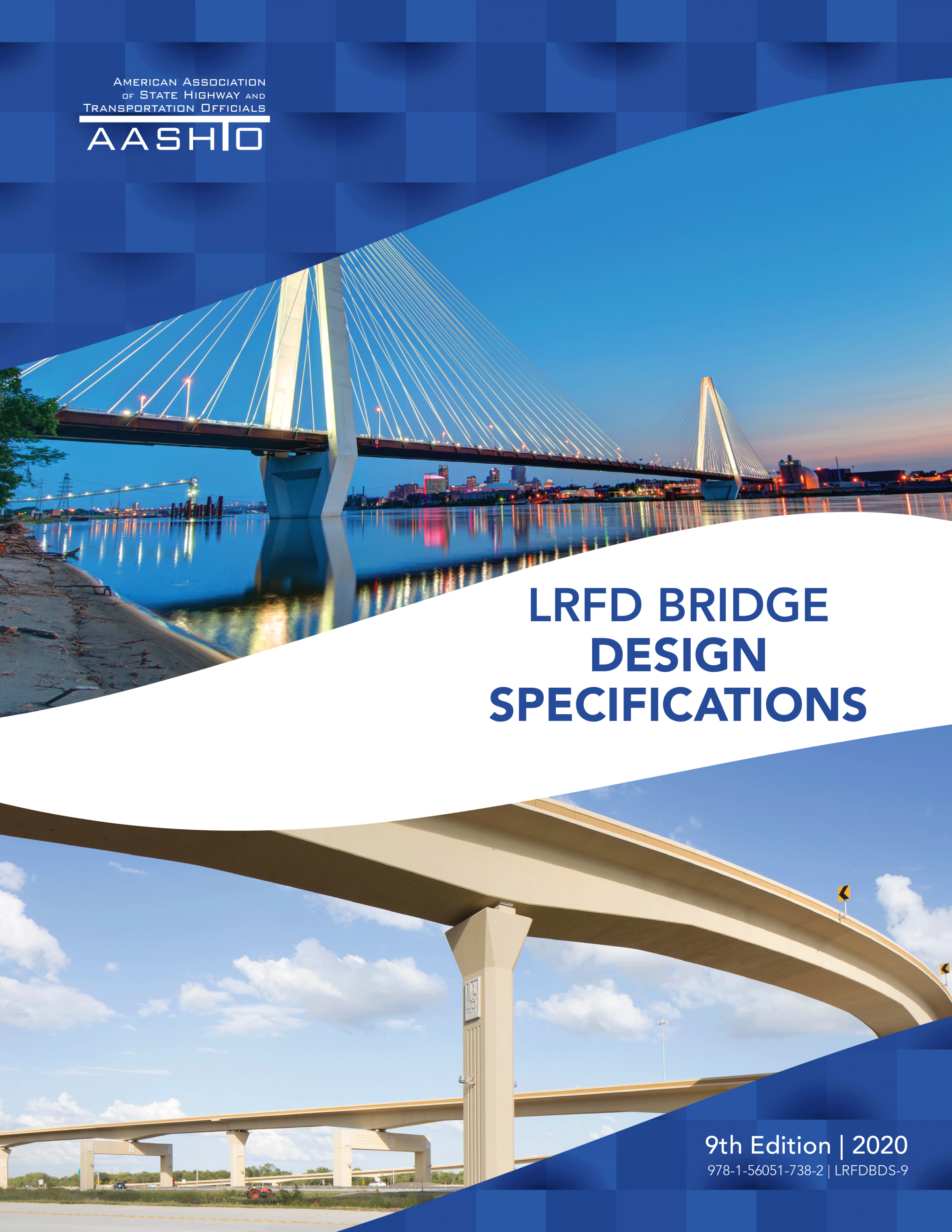
Image Source: aportesingecivil.com
Furthermore, AASHTO LRFD promotes innovation and creativity in structural engineering design. By providing a framework that accounts for variability and uncertainty, LRFD encourages engineers to think outside the box and explore new design possibilities. With LRFD, engineers can push the boundaries of traditional design methods and create structures that are both safe and aesthetically pleasing.
In conclusion, AASHTO LRFD is a powerful tool that can help engineers unleash their design potential and create stronger, safer structures. By incorporating LRFD principles into your design practice, you can optimize the design process, minimize costs, and achieve innovative solutions that meet the highest safety standards. So why wait? Embrace AASHTO LRFD and elevate your structural engineering designs to new heights.
Building Better Bridges: AASHTO LRFD Essentials
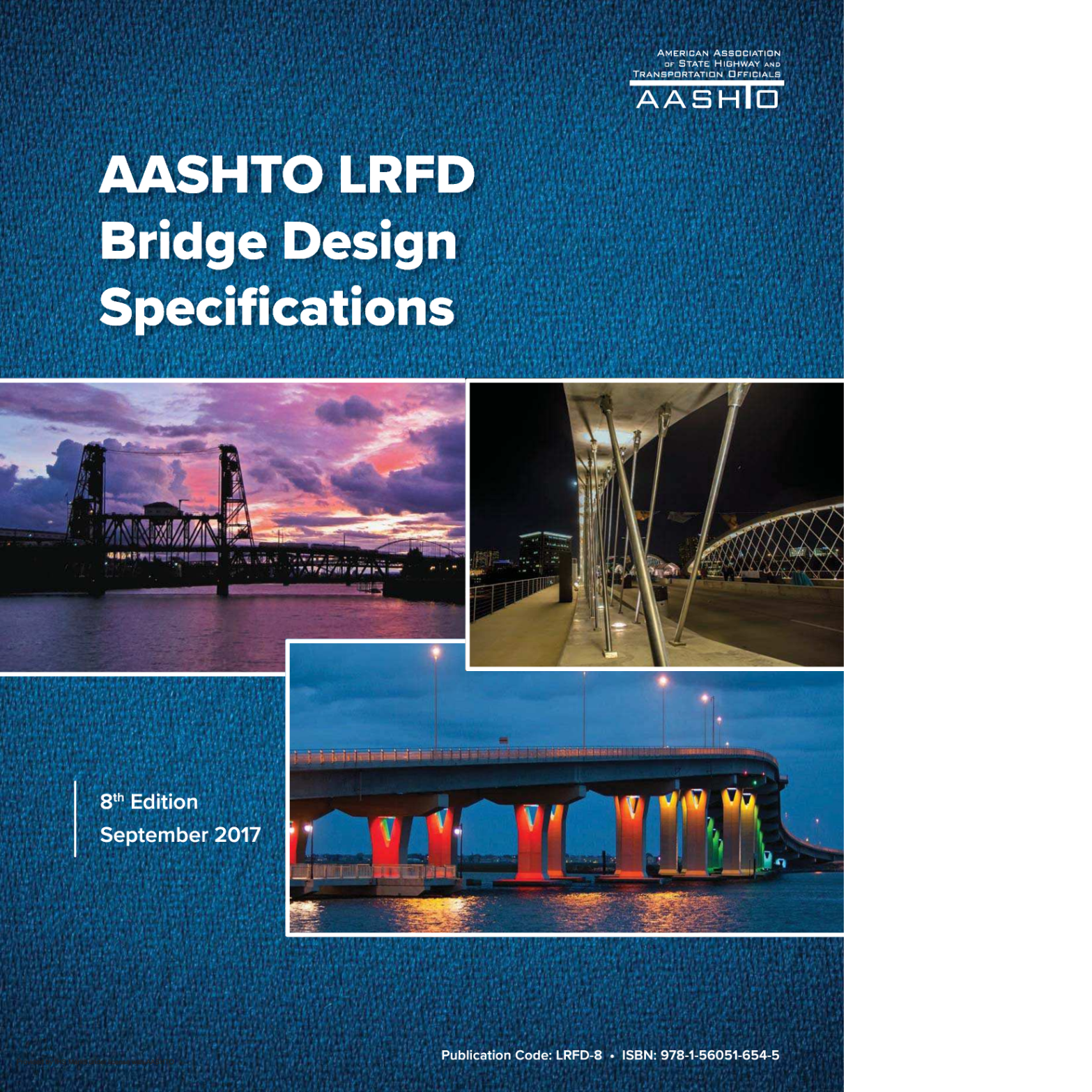
Image Source: amazonaws.com
When it comes to designing bridges that are not only strong but also safe, the American Association of State Highway and Transportation Officials (AASHTO) Load and Resistance Factor Design (LRFD) specifications are essential. These guidelines provide engineers with the tools they need to create structures that can withstand the tests of time and nature.
One of the key aspects of AASHTO LRFD design is the consideration of loads. Bridges are subject to a variety of different loads, including dead loads (the weight of the structure itself), live loads (such as traffic), and environmental loads (such as wind and earthquakes). By using the LRFD specifications, engineers can accurately calculate and account for these loads, ensuring that the bridge is able to support them without failing.
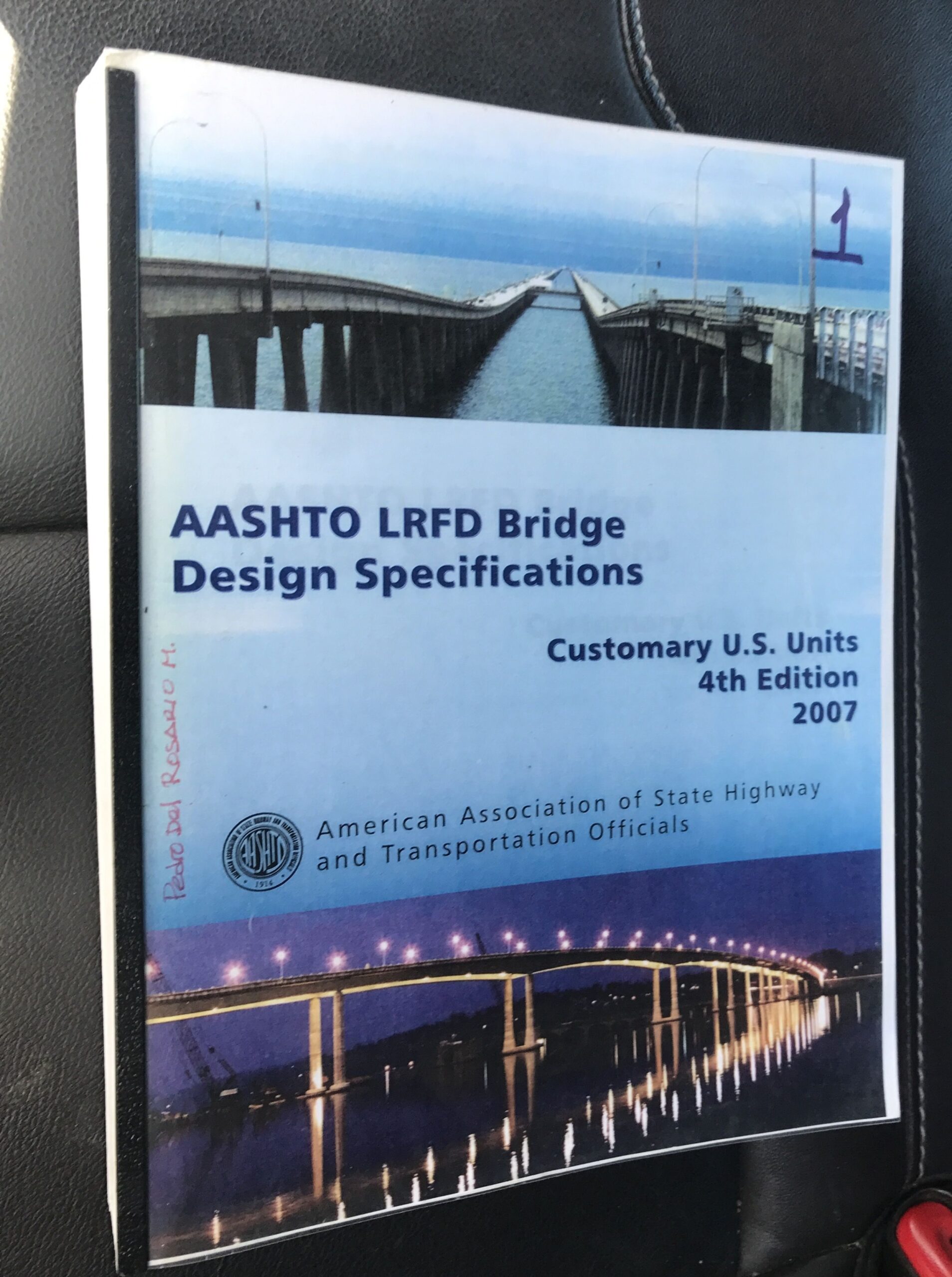
Image Source: cloudfront.net
In addition to loads, AASHTO LRFD design also takes into consideration resistance factors. These factors are used to determine the strength of the materials used in the bridge, as well as the safety margins that need to be incorporated into the design. By using resistance factors, engineers can ensure that the bridge will not only be strong enough to support the loads it will be subjected to, but also have a built-in safety factor to account for any unforeseen circumstances.
Another essential aspect of AASHTO LRFD design is the use of limit states. Limit states are conditions beyond which a structure will no longer be considered safe or serviceable. By defining these limit states during the design process, engineers can ensure that the bridge will be able to withstand any potential failure modes, whether it be due to excessive loads, material deterioration, or other factors.
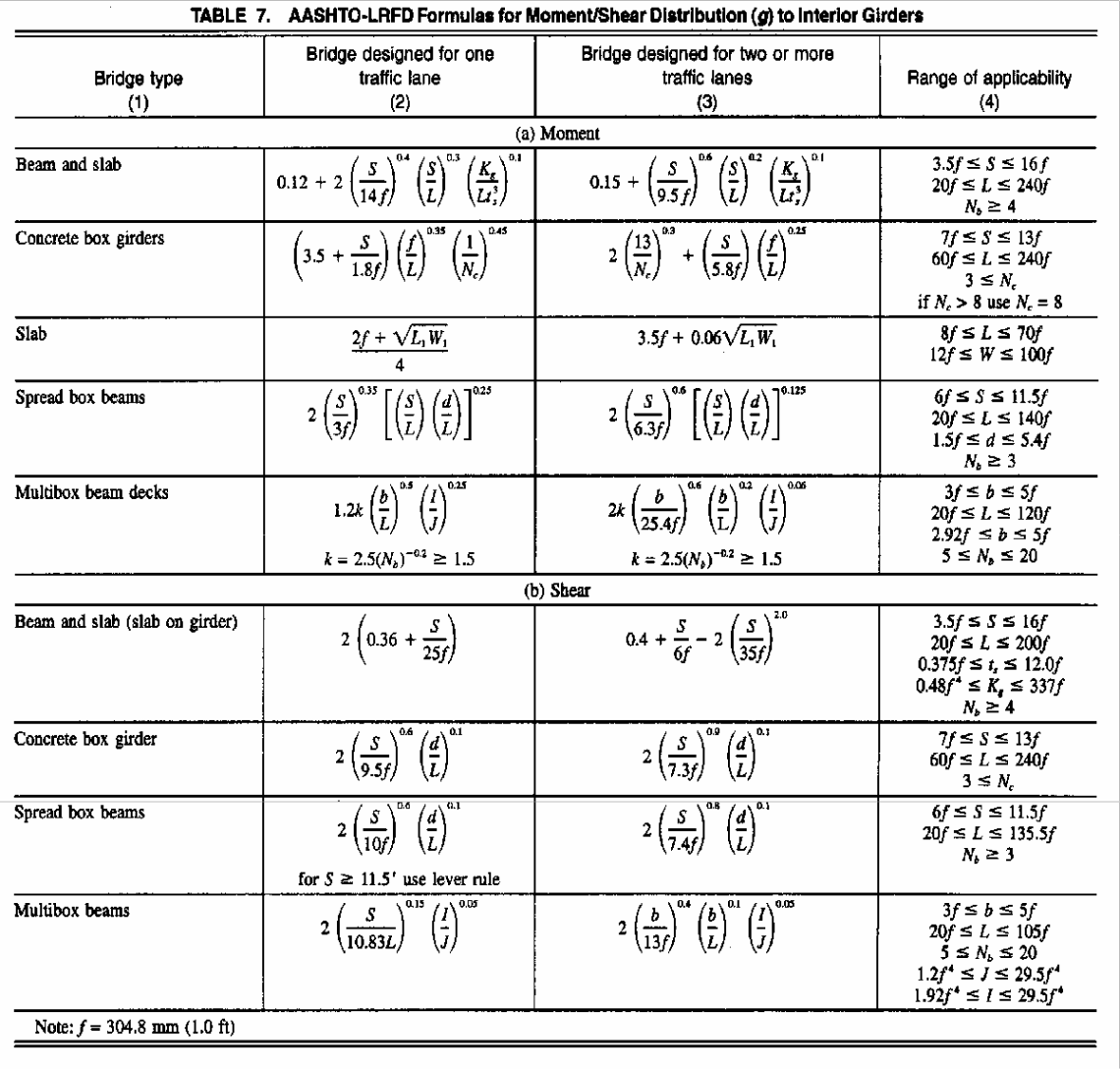
Image Source: cloudfront.net
Furthermore, AASHTO LRFD design also incorporates the concept of load and resistance factor ratings (LRFR). LRFR takes into account the actual performance of a bridge over time, using data on traffic patterns, environmental conditions, and inspection reports to determine the safety and reliability of the structure. By regularly assessing the performance of a bridge using LRFR, engineers can identify any potential issues before they become serious problems, allowing for timely and cost-effective maintenance and repairs.
Overall, mastering AASHTO LRFD design is essential for building better bridges that are not only strong and safe but also able to stand the test of time. By accurately calculating loads, considering resistance factors, defining limit states, and using LRFR to assess performance, engineers can create structures that will serve their intended purpose for years to come. So whether you’re designing a small pedestrian bridge or a massive highway overpass, AASHTO LRFD essentials are key to ensuring the success of your project.
Strengthening Structures: AASHTO LRFD Tips
![aashto lrfd design specifications Bulan 3 AASHTO LRFD Bridge Design Specifications [PUB] - South Carolina aashto lrfd design specifications Bulan 3 AASHTO LRFD Bridge Design Specifications [PUB] - South Carolina](https://tamiyaindonesia.com/wp-content/uploads/2024/03/bulan-3-aashto-lrfd-bridge-design-specifications-pub-south-carolina.png)
Image Source: scltap.org
When it comes to designing strong and safe structures, mastering the AASHTO LRFD (American Association of State Highway and Transportation Officials Load and Resistance Factor Design) guidelines is essential. These guidelines provide engineers with the tools and knowledge needed to create infrastructure that can withstand the test of time.
One of the key tips for strengthening structures according to AASHTO LRFD is to understand the various load and resistance factors that must be considered during the design process. This includes factors such as dead loads, live loads, seismic loads, and wind loads. By accurately calculating and accounting for these factors, engineers can ensure that the structure is able to support the intended loads without failure.
Another important tip is to carefully consider the materials used in the construction of the structure. AASHTO LRFD provides guidelines for selecting materials with appropriate strength and durability properties to ensure that the structure is able to withstand the forces it will be subjected to during its lifespan. By choosing the right materials and following the recommended design procedures, engineers can create structures that are not only strong but also safe for public use.
In addition to selecting the right materials, it is also important to pay attention to the detailing of the structure. AASHTO LRFD guidelines provide recommendations for detailing structural elements such as beams, columns, and connections to ensure that they are capable of resisting the loads they will be subjected to. Proper detailing can significantly enhance the strength and durability of a structure, reducing the risk of failure and increasing its overall safety.
Furthermore, AASHTO LRFD emphasizes the importance of regular maintenance and inspection of structures to ensure their long-term performance. By conducting routine inspections and addressing any issues that arise promptly, engineers can prevent deterioration and ensure that the structure remains safe and functional for years to come.
Another crucial tip for strengthening structures is to consider the potential for unexpected events, such as natural disasters or extreme weather conditions. AASHTO LRFD provides guidelines for designing structures that are resilient to these events, minimizing the risk of damage and ensuring the safety of the structure and its occupants.
Overall, mastering AASHTO LRFD design principles is essential for creating stronger, safer structures that can withstand the test of time. By following the tips provided in the guidelines, engineers can ensure that their designs are not only structurally sound but also resilient and durable. With careful consideration of load and resistance factors, material selection, detailing, maintenance, and resilience, engineers can create infrastructure that will serve the public for years to come.
AASHTO LRFD: Your Key to Safer, Stronger Designs
When it comes to designing structures that can withstand the test of time, AASHTO LRFD is your key to success. The Load and Resistance Factor Design (LRFD) method, developed by the American Association of State Highway and Transportation Officials (AASHTO), is a powerful tool that engineers use to create stronger and safer structures. By understanding and mastering AASHTO LRFD, you can unleash your design potential and build better bridges that will stand the test of time.
One of the main advantages of using AASHTO LRFD is that it takes into account the variability of loads and material strengths, resulting in a more reliable and robust design. Traditional design methods, such as Allowable Stress Design (ASD), rely on a single factor of safety to ensure structural stability. However, AASHTO LRFD considers multiple load and resistance factors, resulting in a more accurate and efficient design process.
By using AASHTO LRFD, engineers can optimize the use of materials and resources, leading to cost-effective solutions that meet or exceed safety standards. This method allows for the incorporation of advanced analysis techniques and innovative design strategies, resulting in structures that are not only stronger but also more resilient to extreme weather conditions and environmental factors.
In addition to its technical advantages, AASHTO LRFD promotes a culture of safety and sustainability in the engineering industry. By prioritizing safety and reliability in the design process, engineers can build structures that are better equipped to withstand natural disasters and unforeseen events. This proactive approach to design helps to minimize the risk of structural failure and ensures the long-term durability of the built environment.
When it comes to bridge design, AASHTO LRFD is essential for creating structures that can safely support the weight of vehicles and pedestrians. By considering the various loads and forces that act on bridges, engineers can design more efficient and durable bridge systems that meet the demands of modern transportation infrastructure. From highway overpasses to pedestrian footbridges, AASHTO LRFD provides the necessary tools and guidelines for designing safe and reliable bridge structures.
In the field of structural engineering, mastering AASHTO LRFD is a valuable skill that can set you apart as a knowledgeable and reliable professional. By staying up-to-date on the latest developments and guidelines in LRFD design, you can ensure that your structures are built to the highest standards of safety and performance. Whether you are designing bridges, buildings, or other types of structures, AASHTO LRFD is your key to creating safer and stronger designs that will stand the test of time.
In conclusion, AASHTO LRFD is a powerful tool that engineers can use to create structures that are not only safe and reliable but also cost-effective and sustainable. By understanding and mastering the principles of LRFD design, you can unlock your design potential and build structures that are stronger, safer, and more resilient. So why wait? Start incorporating AASHTO LRFD into your design process today and take your engineering projects to the next level.
aashto lrfd design specifications


